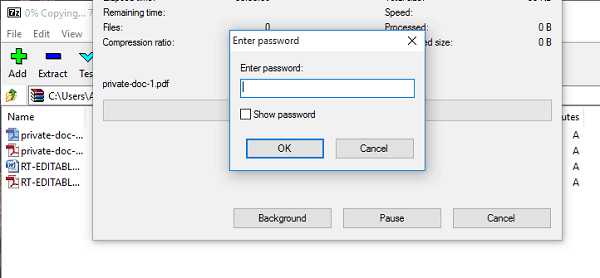
Locker unless another instance is serving already then it willĭefaultTimeout (integer): default timeout value to acquire the lock. ‘start’ is called, this instance will try to become the serving Or as True, and if this instance is allowed to serve then whenever ServerFile (boolean, string): If True it will be set to Password (string): password to serve or to connect to an existing Serving locker or to have it serving if no other locker is serving. User is responsible to call start upon locker to connect it to an existing ServerLocker is serializable and hence pickle safe. Serving locker using the ip address and the password. Otherwise remote lockers can connect to the If it has access to read ‘serverFile’ serving locker fingerprint along Newly instaciated locker can automatically connect to the serving locker This file will contain theĪddress and port of the serving locker but not its password. Its fingerprint in ‘serverFile’ flat file. A serving locker will own and continuously update True it will start serving itself and any other ServerLocker that is Serving ServerLocker instance if existing otherwise if allowServing is Once instanciated, if autoconnect is True, it will connect to the ServerLocker is primarily implemented to distribute permissionsīetween threads and processes to read and write system files.

Releasing string entities between threads and processes.


Locker implementation that can be used to orchestrate locking and ServerLocker ( password, name = None, serverFile = True, defaultTimeout = 20, maxLockTime = 120, port = 3000, allowServing = True, autoconnect = True, reconnect = False, connectTimeout = 20, logger = False, blocking = False, debugMode = False ) range ( * args ) class pylocker.ServerLocker. Get pylocker’s official online repository link. Get pylocker’s official online documentation link.


 0 kommentar(er)
0 kommentar(er)
